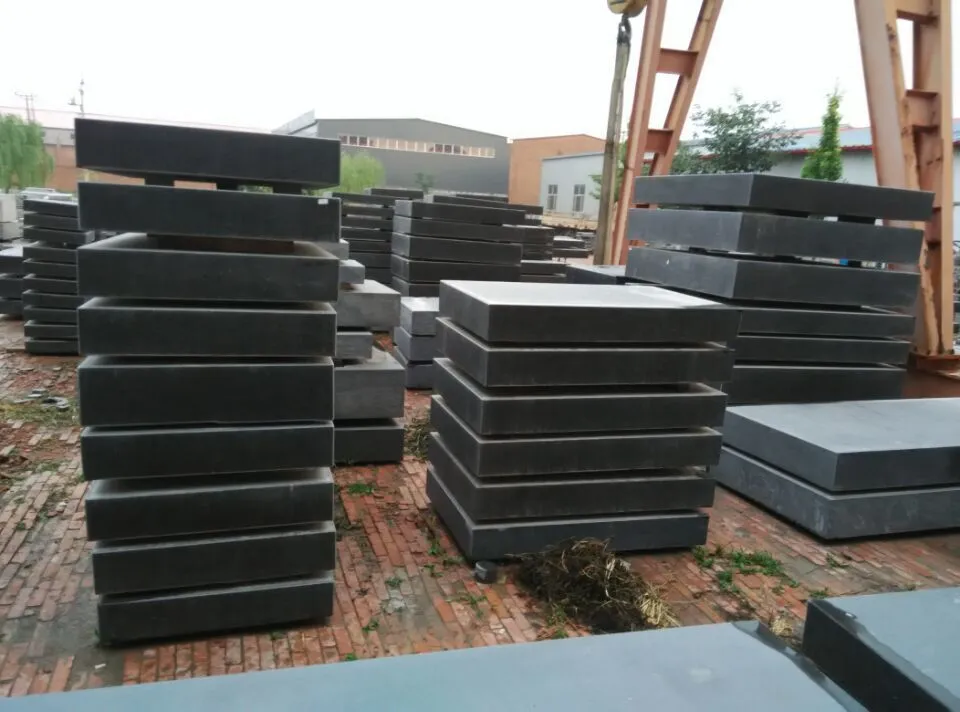12-р сар . 21, 2024 13:44 Back to list
one way check valve
Understanding One-Way Check Valves Functionality and Applications
A one-way check valve, an essential component in fluid systems, serves a critical role in controlling the direction of fluid flow. Its primary function is to allow fluid to flow in one direction while preventing backflow. This mechanism is vital in various applications, from plumbing systems to industrial processes. Understanding the functionality and different types of one-way check valves is crucial for anyone involved in fluid handling or associated engineering fields.
How One-Way Check Valves Work
One-way check valves operate on a straightforward principle. They consist of a valve body, a closing mechanism (usually a disc or ball), and seats that form a seal. When fluid flows in the designated direction, the pressure pushes the disc or ball away from the seat, allowing flow through the valve. However, when there is a backflow or reverse pressure, the closing mechanism is forced against the seat, creating a seal that prevents the backflow of the fluid.
The efficiency of a one-way check valve is influenced by several factors, including the design of the valve, the type of fluid, and the operating pressure. Generally, they are designed to minimize pressure loss during normal operation while ensuring tight sealing in reverse flow situations.
Types of One-Way Check Valves
One-way check valves come in various designs, each suitable for different applications. Some common types include
1. Swing Check Valve This type employs a swinging disc that pivots away from the valve's seat when the fluid flows in the correct direction. It is ideal for applications with larger flow rates but may not be suited for pulsating flow due to potential slamming.
one way check valve

2. Lift Check Valve Utilizing a disc that lifts off its seat during forward flow, this design is particularly effective in high-pressure applications. Lift check valves are typically used in vertical installations.
3. Ball Check Valve This valve uses a spherical ball as the closing mechanism. It works effectively in horizontal or vertical applications and can handle varying fluid viscosities.
4. Diaphragm Check Valve Featuring a flexible diaphragm that seals against the flow, this type is commonly used in sanitary applications, such as food and pharmaceutical industries, to prevent contamination.
Applications of One-Way Check Valves
One-way check valves have widespread applications across multiple industries. In plumbing, they are used to prevent backflow, ensuring clean water supply and protecting against contamination in drinking water systems. In industrial settings, these valves are critical in processes involving pumps and piping systems, safeguarding equipment from reverse pressure and potential damage.
Additionally, one-way check valves play a critical role in wastewater systems, preventing the backflow of sewage. In HVAC systems, they are used to maintain proper airflow and prevent reverse circulation in ducts. In medical devices, check valves ensure the proper flow of fluids while preventing contamination.
Conclusion
The one-way check valve, a seemingly simple device, is integral to the functionality and efficiency of fluid systems. By permitting flow in a single direction while blocking backflow, these valves contribute to the reliability and safety of various applications. Understanding the types and functions of one-way check valves can aid engineers and technicians in selecting the appropriate valve for their specific needs, ultimately enhancing the performance of their fluid management systems. As technology advances, the design and application of check valves will continue to evolve, further solidifying their importance in modern engineering.
-
thread-plug-gauge-our-promise-of-measurement-excellenceNewsAug.22,2025
-
gauge-pin-class-reflecting-quality-legacyNewsAug.22,2025
-
check-valve-types-for-high-rise-buildingsNewsAug.22,2025
-
water-control-valve-for-irrigation-systemsNewsAug.22,2025
-
gate-valve-with-soft-seal-technologyNewsAug.22,2025
-
y-type-strainer-for-oil-and-gas-applicationsNewsAug.22,2025
Related PRODUCTS









